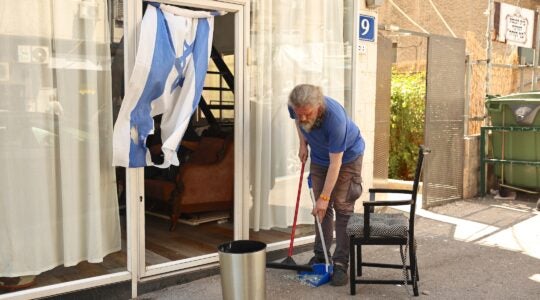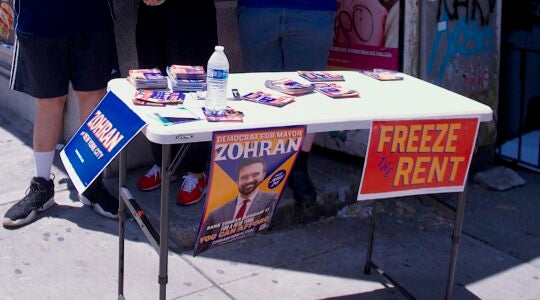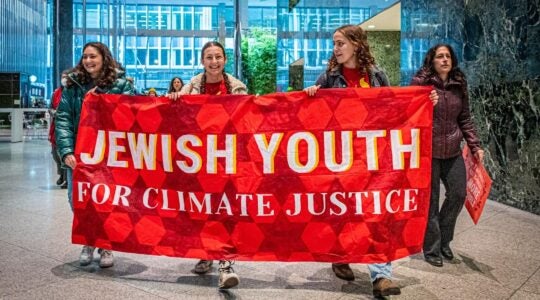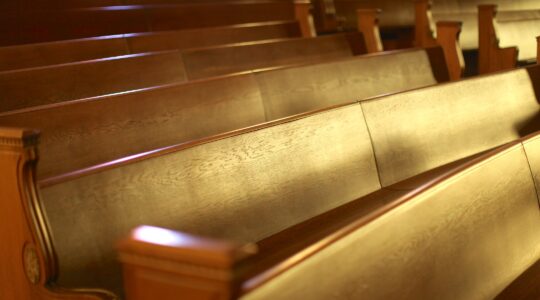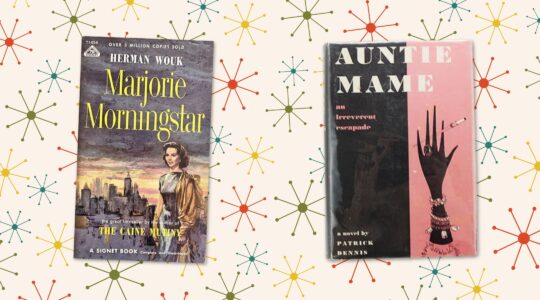The question that frames Gary Rosenblatt’s April 9 column is “what will Yom Hashoah be like in a decade or two, when there are no more survivors to give witness?” It is one that we at the World Federation of Jewish Child Survivors of the Holocaust have been actively addressing. The World Federation is an international umbrella organization of more than 50 independent groups of survivors who lived through the Holocaust as children.
At our annual Conference in 2004, the World Federation established a working committee on “The Future of Holocaust Remembrance,” which we, the undersigned, co-chair. Gary Rosenblatt’s column and the comments it attracted confirm that the Jewish community at large increasingly shares the sense of urgency felt by the last survivors.
He expressed some of the problems that endanger the long-term future of Holocaust remembrance, and these are the very ones that have motivated us to address the issue from the survivors’ perspective.
In our search for models of evolving liturgies, we have found the following: “Kinnos of Tisha B’Av” by Rabbi Shimon Shwab and the Bobover rav, the Conservative Movement’s “Magilat Hashoah,” Rabbi Avi Weiss’ “Haggadah for the Yom Hashoah Seder,” and the French theologian Pierre Haiat’s recent publication of a work in progress, “Le Livre de la Shoah,” a book of Yom Hashoah meditations similar to a siddur.
We are encouraged to believe that progress will continue to be made toward ultimate acceptance of a thematically unified, but not necessarily uniform, suitable liturgy of commemoration
Co-chairs of the Committee on the Future of Holocaust Remembrance
|
Signup for our weekly email newsletter here. Check out the Jewish Week’s Facebook page and become a fan! And follow the Jewish Week on Twitter: start here. |
The New York Jewish Week brings you the stories behind the headlines, keeping you connected to Jewish life in New York. Help sustain the reporting you trust by donating today.
